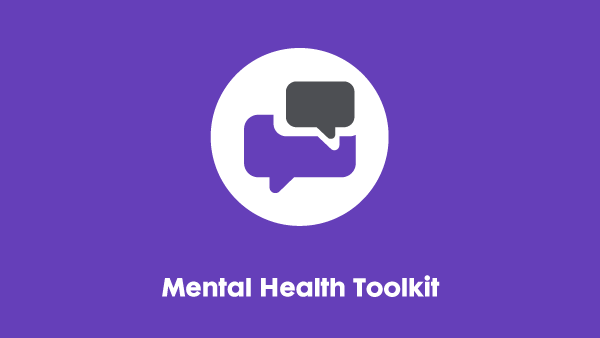Last updated: 12 February 2025
Mental health and intersectionality
What is intersectionality?
The concept of intersectionality has long been recognised. It was the legal and race academic Kimberlé Crenshaw who gave it a name in 1989. She defined intersectionality as:
“…a metaphor for understanding the ways that multiple forms of inequality or disadvantage sometimes compound themselves and create obstacles that often are not understood among conventional ways of thinking.”
Her aim was to show how race and gender intersect and meant that Black women were doubly discriminated against, specifically having to choose whether they identified as Black or as a woman. Both identities discriminated individually, but when analysed together, the disadvantages were increased and gave a more realistic picture.
What should we include when considering intersectionality?
Since introducing the term, additional categories have been included. What is relevant varies among individuals, making a definitive list impossible. It is the degree of impact when factors are combined that is important. Common factors include:
- Country of origin
- Country of residence
- Ethnicity (including whether this is a minority or marginalised group in society)
- First language (if its usage is a minority or marginalised in society)
- Culture
- Beliefs (including religion)
- Age (both younger and older groups can experience disadvantage in different contexts)
- Sexuality
- Gender (and gender identity)
- Socio-economic status (including wealth, precarity, job type and employment status)
- Education
- Health (including if the person is disabled).
Why does intersectionality matter?
Intersectionality matters at an individual, group, and large-scale level.
Individuals’ identities are not one-dimensional but have different aspects that interact in complex and unique ways. It is impossible to make sense of one aspect of a person’s identity in isolation from the other aspects. The first step to achieving equity for a person is to understand how intersectionality affects them in a situation or environment.
Organisations need to understand their employees, customers, clients and service users to function as effectively as possible. In the context of mental health, for example, an employee who comes from a culture in which mental health is a taboo subject may be less likely to ask for help if they are struggling. Their manager should be responsive to this – for example, by asking more proactively if they need any support.
Example
If a person has anxiety and depression, it is important to understand if their age, gender, culture, socio-economic status, or work plays a role in its cause, development and how or if they will access treatment, management, and support. The more factors involved, the greater the impact.
Intersectionality is also relevant to groups of individuals who share similar characteristics. For example, middle-aged and older men who have a mental health condition but do not admit it because they are afraid of being seen as weak. They also fear losing their job, friends, status, and relationships. This contrasts with white women who usually talk more openly about mental health and access treatment earlier.
By ignoring intersectionality, we risk:
- Discriminating individuals or marginalised groups.
- The mental and physical health of people whose intersectionality profiles put them at a disadvantage.
- Not benefiting as a society or an organisation from the experience and knowledge that those adversely affected by intersectionality issues in our society bring.
How does intersectionality apply to mental health?
Intersectionality can affect a person’s mental health in the following ways:
- Mental ill-health may arise directly or indirectly from experiences related to other aspects of their identity. For example, hate crime because of their disability or race.
- How a person expresses their mental health will also be influenced by their life experiences and identity, such as their culture and language.
Example
Sally is a very experienced middle-aged menopausal woman. She is also a carer, has significant hearing loss, and works in a fast-paced, noisy environment. She has no adjustments in place at work.
Like her colleagues, her manager is young, single, extroverted and male. He tries to understand her situation and how to help but is finding it difficult.
Sally worries she is not as quick and confident as her younger colleagues are. She also fears about her ability to carry out her role and if her job is secure. Recently, she has experienced comments and mild bullying. Together, these factors are adversely affecting her mental health. She is potentially disadvantaged because of her gender, culture, age, and disability.
If Sally’s manager recognised the role of intersectionality, he could work with her to adopt a holistic approach to remove and reduce barriers. This may then enable her to perform at her best, reduce her anxiety and exhaustion, and be accepted into the team. The team would also benefit from her knowledge, skills, work, and personal experience.
If you require this content in a different format, contact enquiries@businessdisabilityforum.org.uk.
© This resource and the information contained therein are subject to copyright and remain the property of the Business Disability Forum. They are for reference only and must not be copied or distributed without prior permission.
